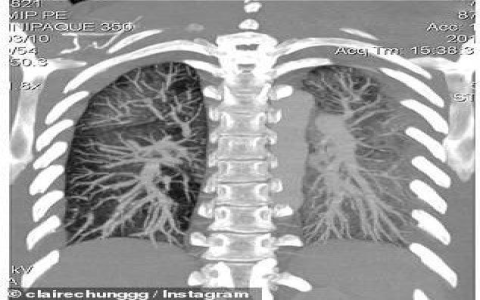Expert medical consensus indicates e-cigarettes are generally less harmful than traditional combustible cigarettes, but they are not safe and pose significant health risks. Here’s a comparative analysis:
Key Differences & Concerns
Combustion vs. Aerosolization:

- Combustible Cigarettes: Burning tobacco generates over 7,000 chemicals, including 60+ known carcinogens like tar and carbon monoxide, causing lung cancer, heart disease, COPD, and stroke.
- E-cigarettes: Heat liquid (e-liquid) to create an aerosol (“vapor”). This process produces significantly fewer toxicants than burning tobacco. However, the aerosol contains ultrafine particles, harmful chemicals, and flavorants that damage lungs and cardiovascular health.
Primary Toxicant Exposure:
- Nicotine: Both deliver highly addictive nicotine. It harms adolescent brain development and negatively impacts maternal/fetal health.
- Other Chemicals: E-cigarette aerosol contains formaldehyde, acrolein, acetaldehyde (potential carcinogens), diacetyl (linked to “popcorn lung”), and heavy metals (e.g., lead, nickel) leached from device components.
Health Impact:
- Established Harm: Cigarette smoking is the leading preventable cause of death and disease worldwide.
- Emerging Evidence on E-cigarettes:
- Lungs: Cause EVALI (e-cigarette/vaping-associated lung injury, linked to additives like Vitamin E Acetate in THC oils), exacerbate asthma, increase susceptibility to respiratory infections (e.g., COVID-19), and cause chronic lung inflammation/irritation.
- Cardiovascular: Increase heart rate, blood pressure, arterial stiffness, and endothelial dysfunction, raising heart attack and stroke risk.
Major Concerns & Nuances
Youth and Addiction: E-cigarettes, especially flavored products, are highly effective at initiating nicotine addiction among youth and young adults (not safer than smoking for non-smokers).
Long-Term Unknowns: The long-term health effects (e.g., cancer risk decades later) of e-cigarettes are not yet fully known due to their relative novelty.
Dual Use: Many users both vape and smoke cigarettes, maximizing exposure to harms from both sources.
Smoking Cessation Tool: Some evidence suggests regulated e-cigarettes can help established adult smokers completely quit combustible cigarettes when other proven cessation methods fail, but they are not FDA-approved cessation devices and most users continue vaping.
Conclusion
While e-cigarettes expose users to lower levels of toxicants than combustible cigarettes, they are not harmless. The aerosol contains numerous harmful substances, and emerging evidence links vaping to significant respiratory and cardiovascular damage. Public health doctors emphasize: Never start smoking or vaping. For current adult smokers unable to quit using other methods, transitioning completely to regulated e-cigarettes may reduce harm relative to continued smoking, but the safest option remains complete cessation of all tobacco/nicotine products.








